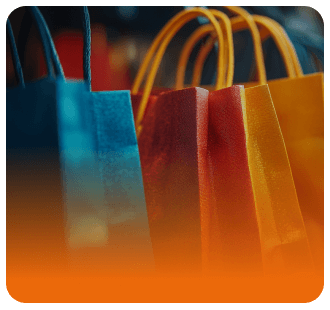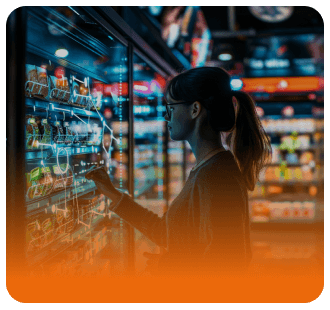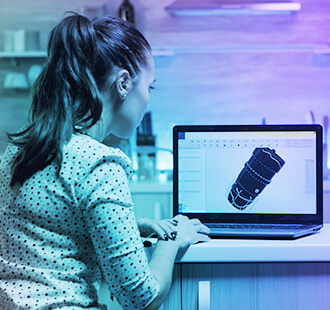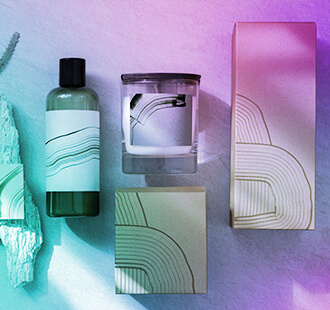
Black Friday and Cyber Monday are two of the most critical shopping events for businesses worldwide. Together, they generate billions of dollars in sales and shape consumer behavior for the holiday season. However, despite their similarities, these events require distinct marketing strategies to maximize impact. Here’s a breakdown of their unique dynamics and what businesses can learn from them.
The Origins of Black Friday and Cyber Monday
The history behind Black Friday and Cyber Monday offers a fascinating insight into their evolution. Black Friday, an American tradition from the mid-20th century, started when retailers began slashing prices the day after Thanksgiving to kick off the holiday shopping season. This led to intense consumer demand, particularly in brick-and-mortar stores, and created a “black ink” effect for stores as profits surged.
Cyber Monday, on the other hand, originated in 2005 as online shopping began to gain momentum. With e-commerce on the rise, marketers noticed a significant spike in sales on the Monday after Thanksgiving. Capitalizing on this trend, Cyber Monday became a dedicated day for online discounts, emphasizing digital convenience for holiday shoppers who preferred avoiding in-store chaos. Together, these two days encapsulate the shift in consumer habits from physical stores to the digital realm, each with unique characteristics that drive their success.
Key Differences Shaping the Shopping Experience
Black Friday and Cyber Monday may focus on discounts, but their distinct shopping experiences demand tailored strategies. Black Friday highlights urgency and exclusivity, traditionally driven by in-store promotions and limited-time deals that boost foot traffic. Meanwhile, Cyber Monday thrives online, offering a convenient, personalized shopping experience through tools like cart abandonment recovery and email retargeting. For businesses, understanding these differences is key to meeting consumer expectations and maximizing sales on both days.
Black Friday: Tradition Meets In-Store Power Historically, Black Friday has been synonymous with in-store shopping and steep discounts on big-ticket items like electronics and home appliances. While online sales have grown, in-person experiences remain a focal point for many retailers.
- Shopping Behavior: Black Friday shoppers are often deal-hunters looking for limited-time, high-value offers. Retailers can leverage this urgency with flash sales and exclusive early-bird deals.
- Marketing Tips: Early promotions are key to capturing attention. Many retailers start Black Friday campaigns as early as October, using teasers on email and social media to build anticipation and ensure shoppers are prepared for the upcoming deals.
Cyber Monday: The Digital Giant
Cyber Monday, initially created to encourage online shopping, focuses heavily on e-commerce. It caters to shoppers who prefer browsing from home and offers a broader range of discounts, including tech gadgets, fashion, and digital services, providing a stress-free shopping experience.
- Shopping Behavior: Shoppers on Cyber Monday are typically more tech-savvy and prioritize convenience. Personalized product recommendations and seamless checkout experiences are essential to stand out.
- Marketing Tips: AI-driven solutions like chatbots and personalized email campaigns can help businesses engage shoppers in real-time and drive conversions.
Marketing Strategies: Tailoring Your Approach for Each Event
Businesses must tailor their marketing strategies uniquely for Black Friday and Cyber Monday, as each day has different selling environments and shopper mindsets. For Black Friday, emphasizing urgency and exclusivity through email countdowns, “sneak peek” deal announcements, and early bird sales can heighten anticipation. Physical retailers can benefit significantly from leveraging local SEO and Google Ads to reach customers in their vicinity, reinforcing the in-store allure.
- Personalization: Tailor offers based on browsing history and past purchases. Personalized messaging can boost engagement and loyalty.
- Bundling and Free Shipping: Create bundle deals and offer free shipping to increase cart values and reduce purchase hesitation.
- AI and Automation: Leverage AI to optimize product recommendations and automate responses to customer queries.
Black Friday and Cyber Monday may share the goal of driving sales, but their strategies and execution differ significantly. By understanding their nuances, businesses can craft campaigns that resonate with each audience and maximize their holiday season success.
Social Media Strategies: Which Platform Rules Each Day?
Social media platforms play a decisive role in promoting deals, but each platform resonates differently on Black Friday and Cyber Monday. For Black Friday, platforms like Facebook and Instagram are key, providing visual, impulse-driven shopping experiences ideal for real-time deal promotions and shoppable ads. Many retailers use Instagram Stories to offer flash sales and behind-the-scenes content to excite their audience and increase engagement in the days leading up to Black Friday.
For Cyber Monday, platforms like Twitter and Pinterest show a unique edge. Twitter allows real-time updates, which can be crucial for flash sales and limited-time offers on this fast-paced day. With its emphasis on curated collections, Pinterest enables e-commerce brands to showcase Cyber Monday deals in visually appealing formats that encourage sharing. A strategic presence on the right social platforms, tailored to each day’s tone, ensures maximum visibility and connection with the right audience.
The Future of Black Friday and Cyber Monday Marketing
As consumer behaviors and technology evolve, the future of Black Friday and Cyber Monday marketing promises to be dynamic. Hybrid shopping models combining online and offline experiences are becoming more prevalent. Some brands are experimenting with extended sales or month-long campaigns, reducing the intensity of single-day shopping frenzies but creating more opportunities for interaction.
Moreover, eco-consciousness is shaping how brands approach these days, with some companies now focusing on sustainable promotions or “Green Friday” alternatives. Social media will likely continue to play an influential role, with emerging platforms like TikTok and augmented reality tools potentially transforming how brands engage audiences. Adapting to these trends will be vital for businesses to stay relevant and meet evolving customer expectations.
















